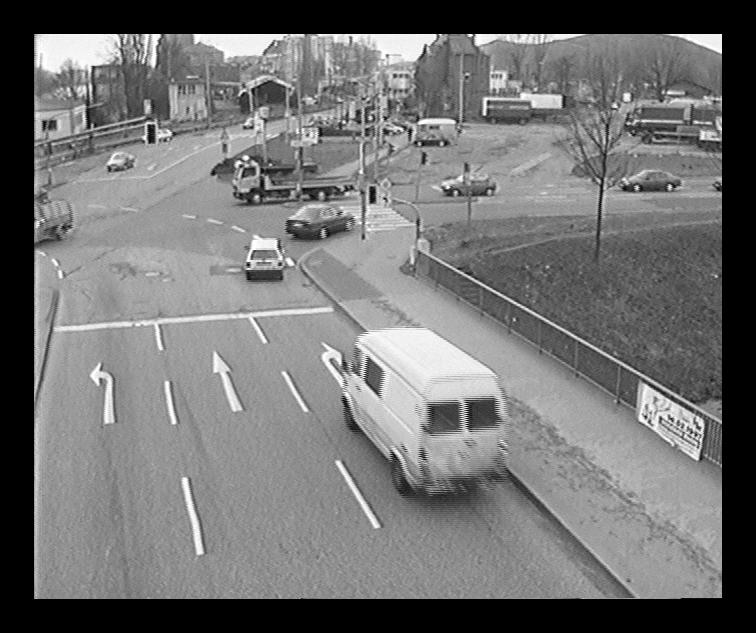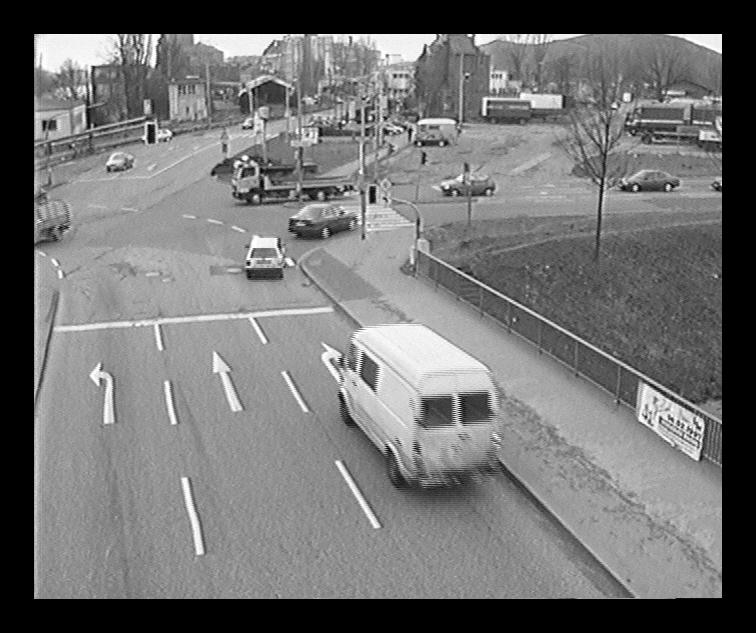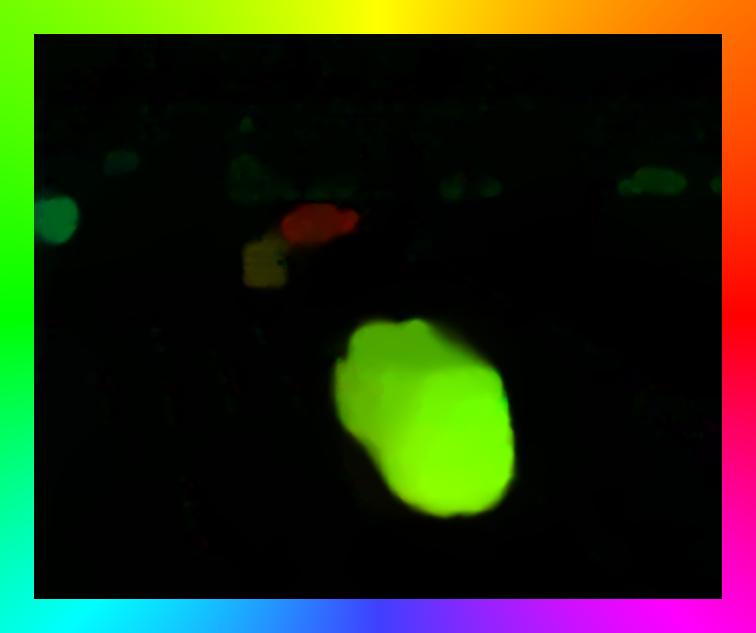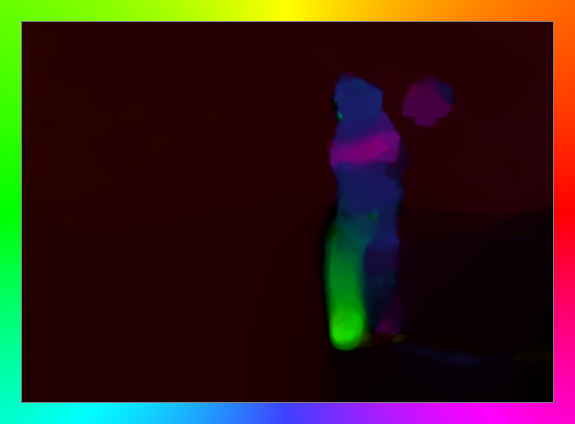
Variational Optical Flow Estimation
Tutorial at ICCV 2009, Kyoto, Japan, September 2009
Home
About Us
People
Teaching
Research
Publications
Awards
Links
Contact
Internal
Thomas Brox, U.C.Berkeley
Andrés Bruhn, Saarland University
Motivation: Many computer vision tasks require point correspondences between images.
While in some of these fields, sparse point correspondences are sufficient,
many others, such as dynamical textures, motion segmentation, 3D motion
analysis, superresolution video, and action recognition, benefit enormously
from dense correspondence fields. Variational methods are particularly well
suited to compute dense optical flow fields, as they combine all available
data with prior assumptions in a sound optimization framework and even
allow for subpixel accuracy.
Goal: This course will provide a comprehensible introduction into the theoretical
background of recent state-of-the-art methods and shows the modelling
options that will allow the participants to adapt the model to their
specific needs. The course will also cover the numerics behind the models
which are decisive for implementation. The focus will be on efficiently
solving the very large linear or nonlinear systems with multigrid methods,
which allow to compute dense flow fields in real-time.





3-4 hours
0. Introduction
I. Variational Basics (Bruhn)
- Model Assumptions
- Minimzation via Euler-Lagrange
- Basic Numerics (Jacobi, Gauss-Seidel)
II. Modeling Aspects (Brox)
- Discontinuity-Preserving Smoothness Terms
- Robust Data Terms
- Image Features
- Color
- Gradient
- Structure Texture Decomposition
- Photometric Invariants
- HOG
- Large Displacements
- Warping
- Region Matching and HOG flow
III. Efficient Numerics (Bruhn)
- Linear Solvers
- Succesive Overrelaxation
- Linear Multigrid
- Nonlinear Solvers
- Nested Fixed Point Iteration
- Nonlinear Multigrid (Full Approximation Scheme)
- Implementations on Parallel Hardware
IV. Summary
• T.Brox, C.Bregler, J.Malik
Large displacement optical flow.
IEEE Int. Conf. on Computer Vision and Pattern Recognition (CVPR 2009).
(integrates landmarks from region matching to handle large displacements)
• H.Zimmer, A.Bruhn, J.Weickert, L.Valgaerts, A.Salgado, B.Rosenhahn, HP.Seidel
Complementary optic flow.
Int. Conf. on Energy Minimization Methods in Computer Vision and Pattern
Recognition (EMMCVPR 2009).
(new complementary regularizer, top rank result in the Middlebury benchmark)
|
|
|
|
PART I: Variational Basics
PART II: Modeling Aspects
PART III: Efficient Numerics
Andrés Bruhn / September 23, 2009
MIA Group
©2001-2023
The author is not
responsible for
the content of
external pages.
Imprint -
Data protection

 Thomas Brox
received the Ph.D. degree in computer science from the
Saarland University, Saarbrücken, Germany in 2005. During his studies,
he spent three months as a visiting researcher at the INRIA Sophia-
Antipolis, France. After his Ph.D., he joined the Computer Vision Group
at the University of Bonn, Germany, as a postdoctoral researcher. From
October 2007 to October 2008 he headed the Intelligent System Group at
the University of Dresden, Germany, as a temporary faculty member. He is
now a postdoctoral fellow in the Computer Vision Group of Jitendra Malik
at U.C. Berkeley.
The scientific work of Thomas Brox comprises about 60 papers in the fields
of segmentation, motion estimation, and tracking. He served on the program
commitees of ICCV, ECCV, and CVPR, and regularly reviews for all major
computer vision journals. In 2004 he received the Longuet-Higgins Best
Paper Award for his work on optical flow at the European Conference on
Computer Vision.
Thomas Brox
received the Ph.D. degree in computer science from the
Saarland University, Saarbrücken, Germany in 2005. During his studies,
he spent three months as a visiting researcher at the INRIA Sophia-
Antipolis, France. After his Ph.D., he joined the Computer Vision Group
at the University of Bonn, Germany, as a postdoctoral researcher. From
October 2007 to October 2008 he headed the Intelligent System Group at
the University of Dresden, Germany, as a temporary faculty member. He is
now a postdoctoral fellow in the Computer Vision Group of Jitendra Malik
at U.C. Berkeley.
The scientific work of Thomas Brox comprises about 60 papers in the fields
of segmentation, motion estimation, and tracking. He served on the program
commitees of ICCV, ECCV, and CVPR, and regularly reviews for all major
computer vision journals. In 2004 he received the Longuet-Higgins Best
Paper Award for his work on optical flow at the European Conference on
Computer Vision.
